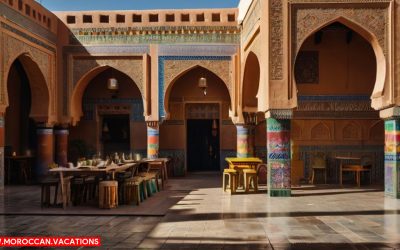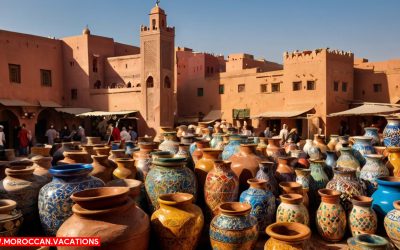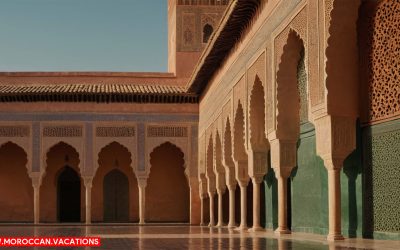Rising Stars: Moroccan Artists to Watch
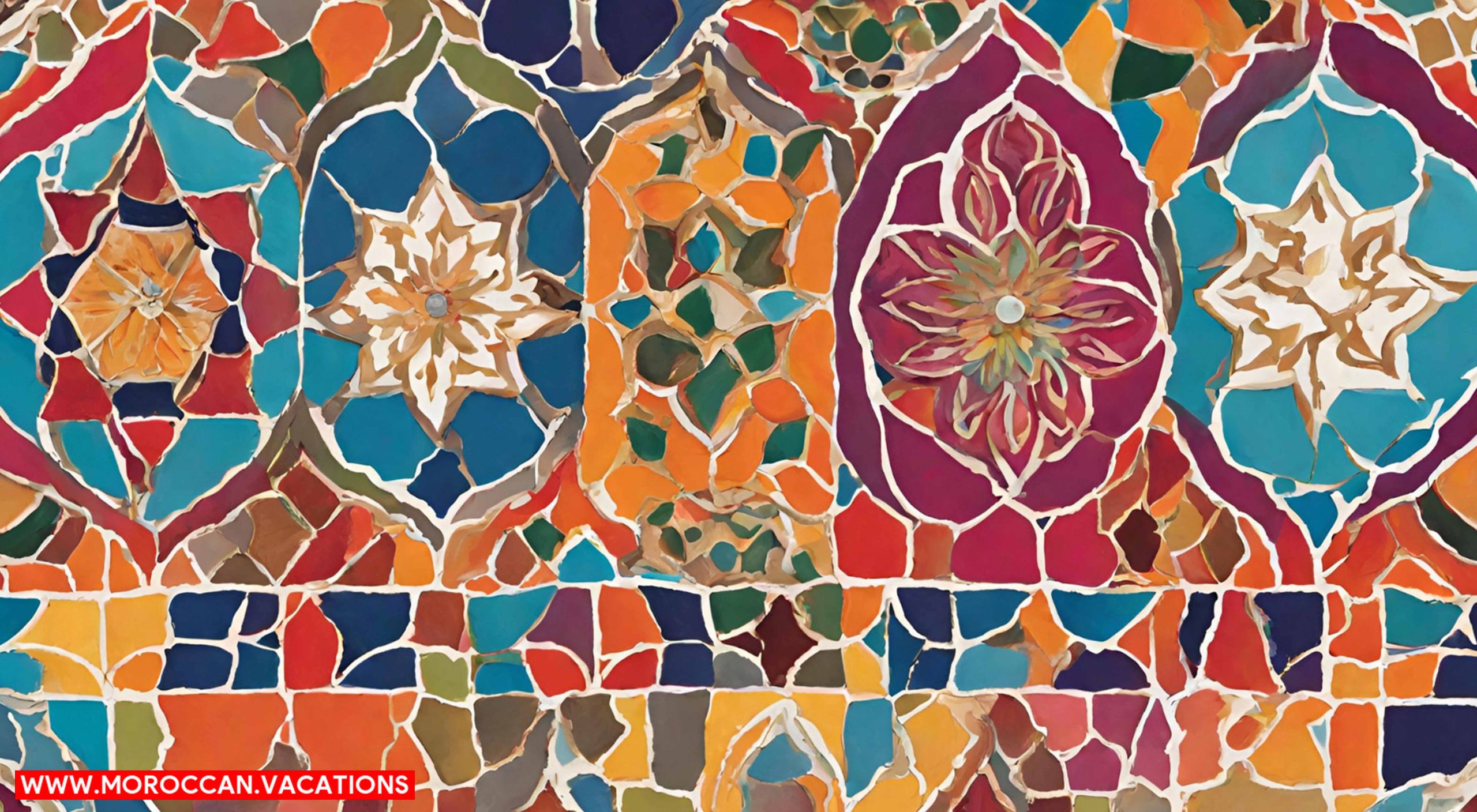

You’ve got to see it to believe it. Moroccan artists are taking the international art world by storm, making waves with their innovative and boundary-pushing creations. From traditional techniques with a modern twist to exploring Moroccan identity through art, these rising stars are redefining what it means to be an artist in today’s global landscape. Get ready to be captivated as we delve into the captivating world of Moroccan art and the artists who are making their mark on the global stage.
You should keep an eye on the burgeoning talent of Moroccan artists who are rapidly gaining recognition in the international art world. These emerging talents are pushing boundaries and redefining contemporary expressions with their unique perspectives and innovative techniques. Moroccan artists are making waves in the art scene, captivating audiences with their thought-provoking pieces.
One of the most exciting aspects of Moroccan art is the diverse range of emerging talent. From painters to sculptors, photographers to installation artists, there is no shortage of creative minds making their mark on the global stage. These artists are not afraid to experiment with different mediums, combining traditional Moroccan influences with modern aesthetics to create captivating and visually stunning works.
Contemporary Moroccan artists are also known for their ability to tackle complex social and political issues through their art. They use their work as a platform to express their thoughts and opinions, challenging the status quo and sparking meaningful conversations. Through their art, these artists are pushing for change and advocating for freedom of expression.
As the international art world continues to take notice of Moroccan talent, it is clear that these artists are here to stay. Their unique perspectives, innovative techniques, and unwavering commitment to pushing boundaries make them rising stars worth watching. So, keep an eye on the Moroccan art scene, as it is sure to continue producing exceptional talent and captivating contemporary expressions.
Exploring Moroccan Identity Through Art
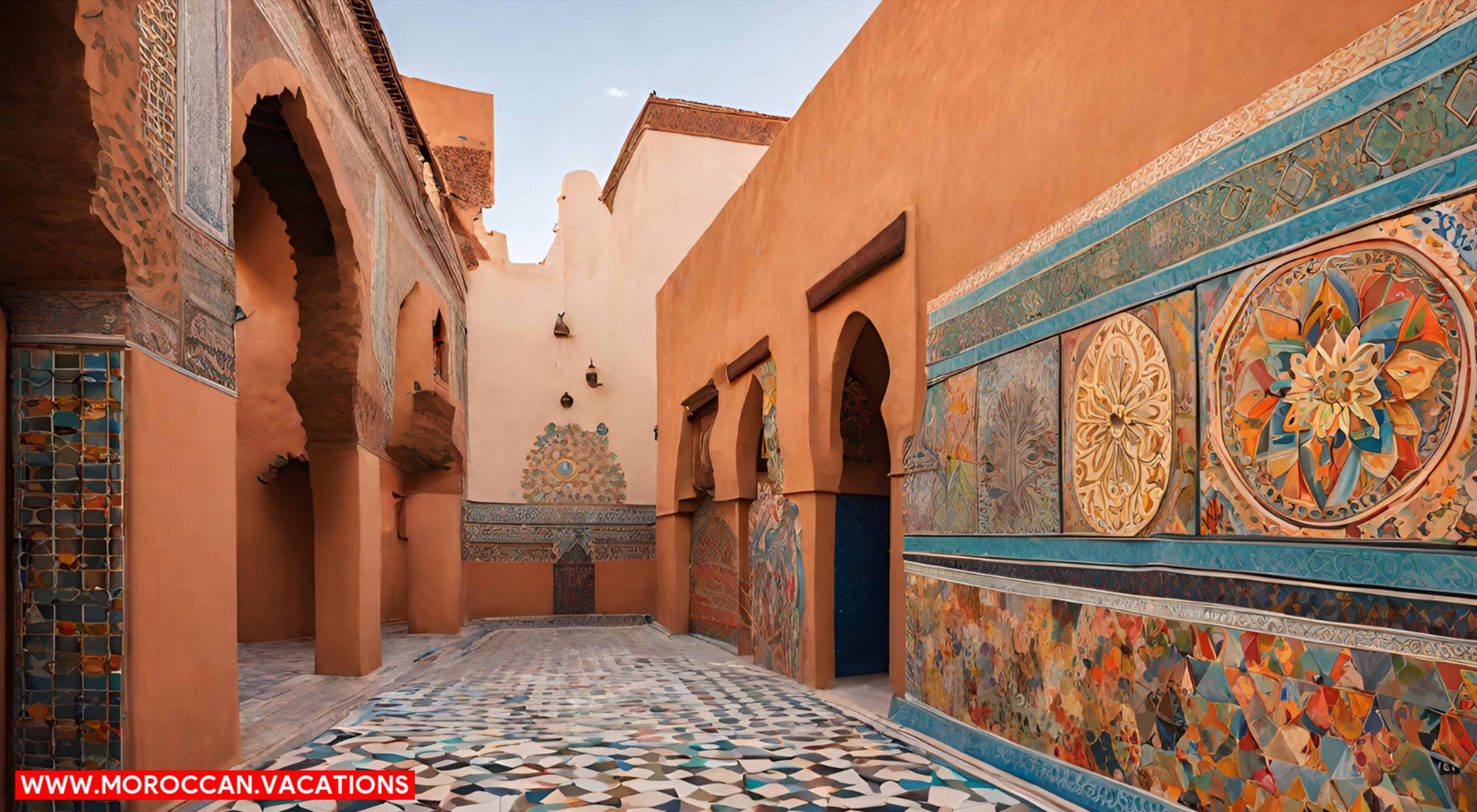

Moroccan artists delve into the exploration of Moroccan identity through their art. They use their creative expressions as a means to reflect on the diverse facets of Moroccan culture, history, and society. Through their work, they aim to challenge stereotypes, redefine narratives, and celebrate the rich heritage of their country. Here are four ways in which Moroccan artists are exploring Moroccan identity through their art:
- Embracing the Moroccan diaspora: Many contemporary Moroccan artists are members of the Moroccan diaspora, living and creating art outside of Morocco. They use their unique perspective to explore themes of migration, displacement, and the complexities of dual cultural identities.
- Reinterpreting traditional motifs: Moroccan artists often draw inspiration from traditional Moroccan art forms such as calligraphy, geometric patterns, and zellij tilework. However, they infuse these motifs with contemporary elements and techniques, creating a fusion of the old and the new.
- Addressing social and political issues: Moroccan artists are not afraid to tackle pressing social and political issues in their work. They use their art as a platform to raise awareness, challenge the status quo, and advocate for change.
- Engaging with contemporary Moroccan art movements: Moroccan artists actively participate in and contribute to various contemporary art movements in Morocco. They collaborate with fellow artists, curators, and galleries to create spaces for dialogue, experimentation, and the promotion of Moroccan art on a global scale.
Through their exploration of Moroccan identity, these artists are reshaping the art world’s perception of Morocco and its people, while also affirming their own agency and freedom of expression.
Traditional Techniques With a Modern Twist
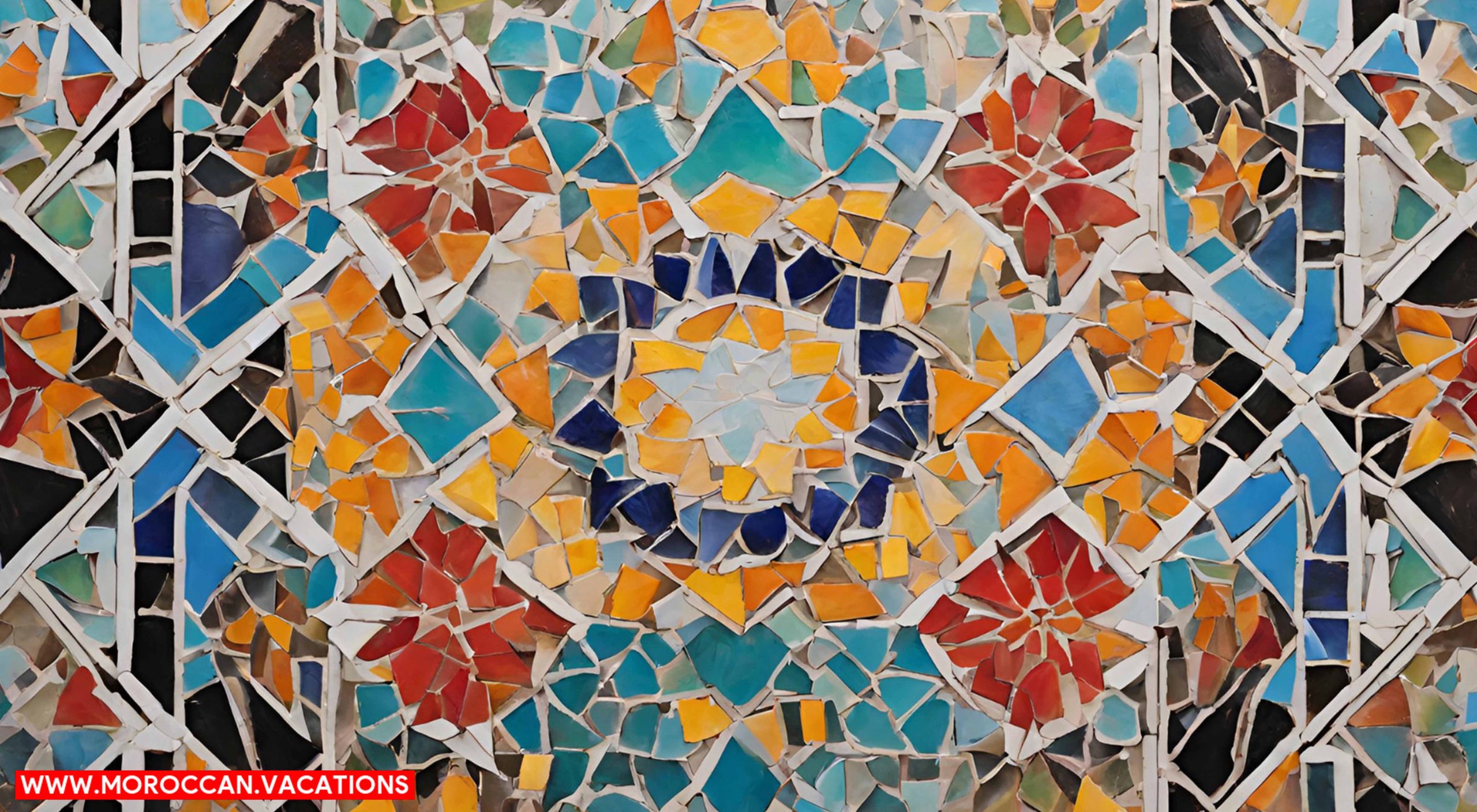

Artists in Morocco are infusing traditional techniques with a modern twist to create unique and innovative works of art. By blending the rich cultural heritage of their country with contemporary interpretations, these artists are pushing the boundaries of traditional art forms and creating pieces that resonate with a global audience.
One example of this is the use of traditional Moroccan mosaic techniques, known as zellige, in contemporary art. Zellige is a centuries-old craft that involves the intricate arrangement of geometric patterns using colorful ceramic tiles. Today, artists are incorporating zellige into their works in new and unexpected ways, using the technique to create vibrant and visually striking compositions that reflect both traditional and modern aesthetics.
Another traditional technique that is being reinvented by Moroccan artists is calligraphy. Calligraphy has long been an important art form in Morocco, with a rich history dating back to the Islamic golden age. Today, artists are taking this ancient practice and giving it a modern twist, experimenting with different scripts, styles, and materials to create contemporary calligraphic works that challenge traditional notions of the art form.
Moroccan Art Influences From Around the World
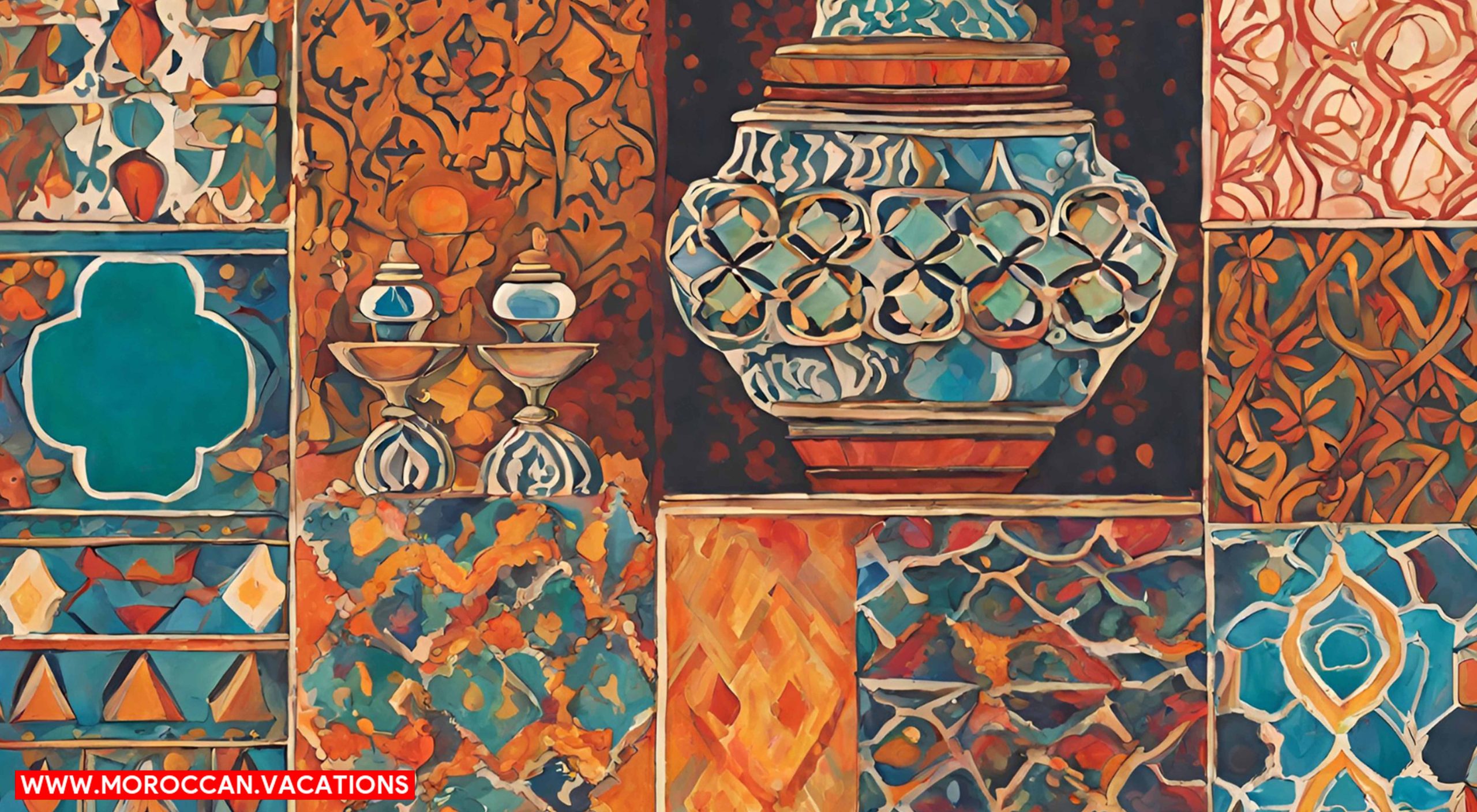

The influence of Moroccan art from around the world can be seen in a variety of contemporary artistic expressions. Moroccan artists have drawn inspiration from global art movements and have engaged in cross-cultural collaborations, resulting in a fusion of styles and techniques that showcase the diversity and richness of Moroccan art.
- Fusion of Traditional and Modern: Moroccan artists have incorporated elements from different cultures into their work, blending traditional Moroccan art techniques with modern influences. This fusion creates unique and innovative art forms that reflect the interconnectedness of global art.
- Exploration of Identity: Moroccan artists have been influenced by the diaspora experience, exploring themes of cultural identity and belonging. They incorporate motifs and symbols from different cultures, creating art that speaks to the complexities of being Moroccan in a globalized world.
- Experimentation with Mediums: Moroccan artists have embraced a wide range of mediums, including painting, sculpture, photography, and multimedia installations. This experimentation reflects the influence of global art movements and the desire to push artistic boundaries.
- Collaborations with International Artists: Moroccan artists have actively engaged in cross-cultural collaborations with artists from around the world. These collaborations foster cultural exchange and create opportunities for Moroccan artists to showcase their work on an international stage.
The influence of Moroccan art from around the world is evident in the contemporary art scene, where artists are breaking traditional boundaries and creating art that reflects the interconnectedness of global cultures. Through their exploration and collaborations, Moroccan artists are making a significant impact on the international art world.
Pushing Boundaries: Moroccan Artistic Innovations
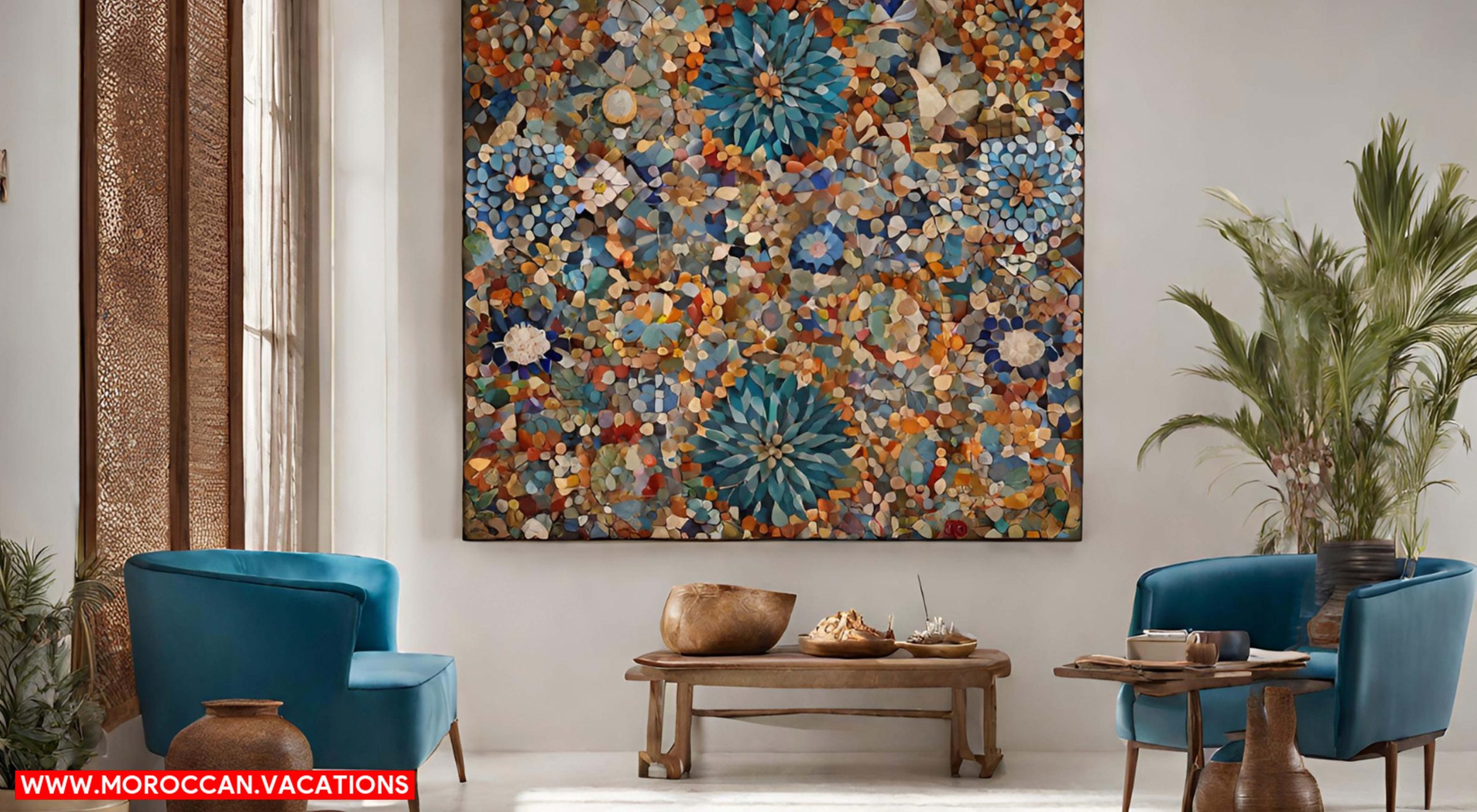

As you delve deeper into the world of Moroccan art, you’ll witness the remarkable way in which artists from this vibrant country are fearlessly pushing boundaries and innovating within their craft. The contemporary Moroccan art scene is characterized by a spirit of artistic experimentation, where artists break free from traditional norms and explore new forms of expression.
One of the key aspects of Moroccan artistic innovation is the fusion of traditional and modern elements. Artists draw inspiration from their rich cultural heritage, incorporating traditional motifs, patterns, and techniques into their work. However, they also embrace contemporary mediums and styles, creating a unique blend of the old and the new.
Another area of artistic experimentation in contemporary Moroccan art lies in the exploration of unconventional materials and techniques. Artists are constantly pushing the boundaries of what is considered “art” by using unexpected materials such as found objects, recycled materials, and even everyday items. They also experiment with different techniques and processes, challenging traditional artistic methods and pushing their own creative boundaries.
The spirit of artistic innovation in Morocco is further fueled by the country’s diverse cultural landscape. With influences from Arab, Berber, and European cultures, Moroccan artists have a rich tapestry of inspiration to draw from. This cultural diversity allows for a constant exchange of ideas and influences, leading to the creation of unique and boundary-pushing artworks.
Moroccan Art Galleries and Exhibitions on the Global Stage
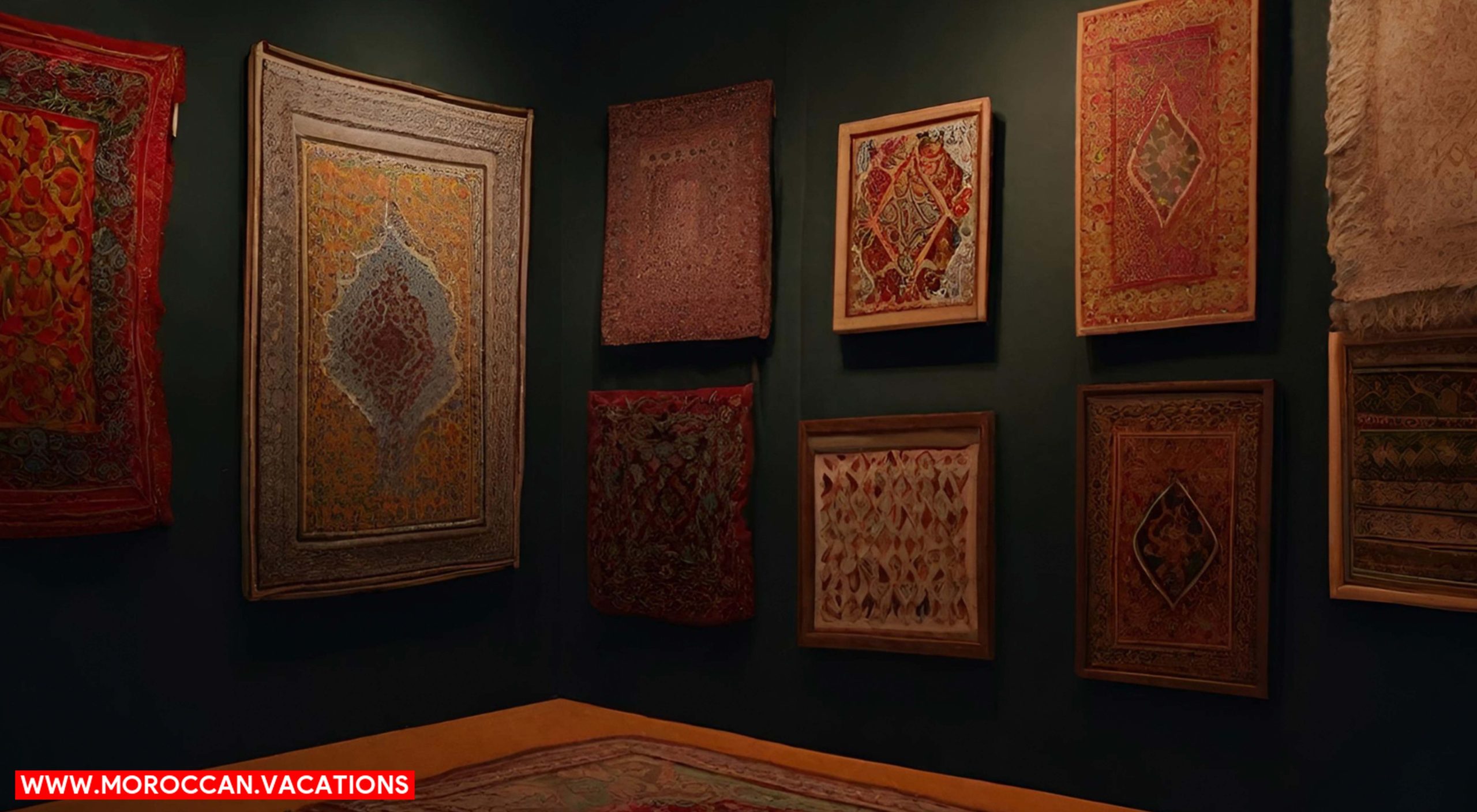

Delve into the global stage of Moroccan art galleries and exhibitions, where the fearless spirit of artistic experimentation continues to captivate audiences worldwide. Moroccan artists have been making a significant impact on the global art scene, and their presence is felt through the numerous galleries and exhibitions that showcase their work. Here are four key trends in the Moroccan art market and the impact of Moroccan artists on the global art scene:
- Growing international recognition: Moroccan artists are gaining recognition on an international level, with their works being displayed in prestigious galleries and art fairs around the world. This recognition has brought increased visibility to Moroccan art and has opened doors for artists to connect with a global audience.
- Fusion of traditional and contemporary elements: Moroccan artists often blend traditional Moroccan art forms with contemporary techniques and themes. This fusion creates a unique artistic language that reflects the rich cultural heritage of Morocco while also addressing modern-day issues.
- Exploration of identity and cultural heritage: Moroccan artists frequently explore themes of identity, migration, and cultural heritage in their work. Through their art, they challenge stereotypes, celebrate diversity, and engage in conversations about the complex nature of Moroccan identity.
- Collaboration and cross-cultural exchange: Moroccan artists actively seek out opportunities for collaboration and cross-cultural exchange. By working with artists from different backgrounds and participating in international art events, they create a dialogue that transcends borders and fosters a deeper understanding of Moroccan art and culture.
The Moroccan art market is thriving, and the impact of Moroccan artists on the global art scene is undeniable. Their fearless exploration of artistic boundaries, fusion of traditional and contemporary elements, exploration of identity and cultural heritage, and commitment to cross-cultural exchange all contribute to the vibrant and diverse landscape of Moroccan art on the global stage.
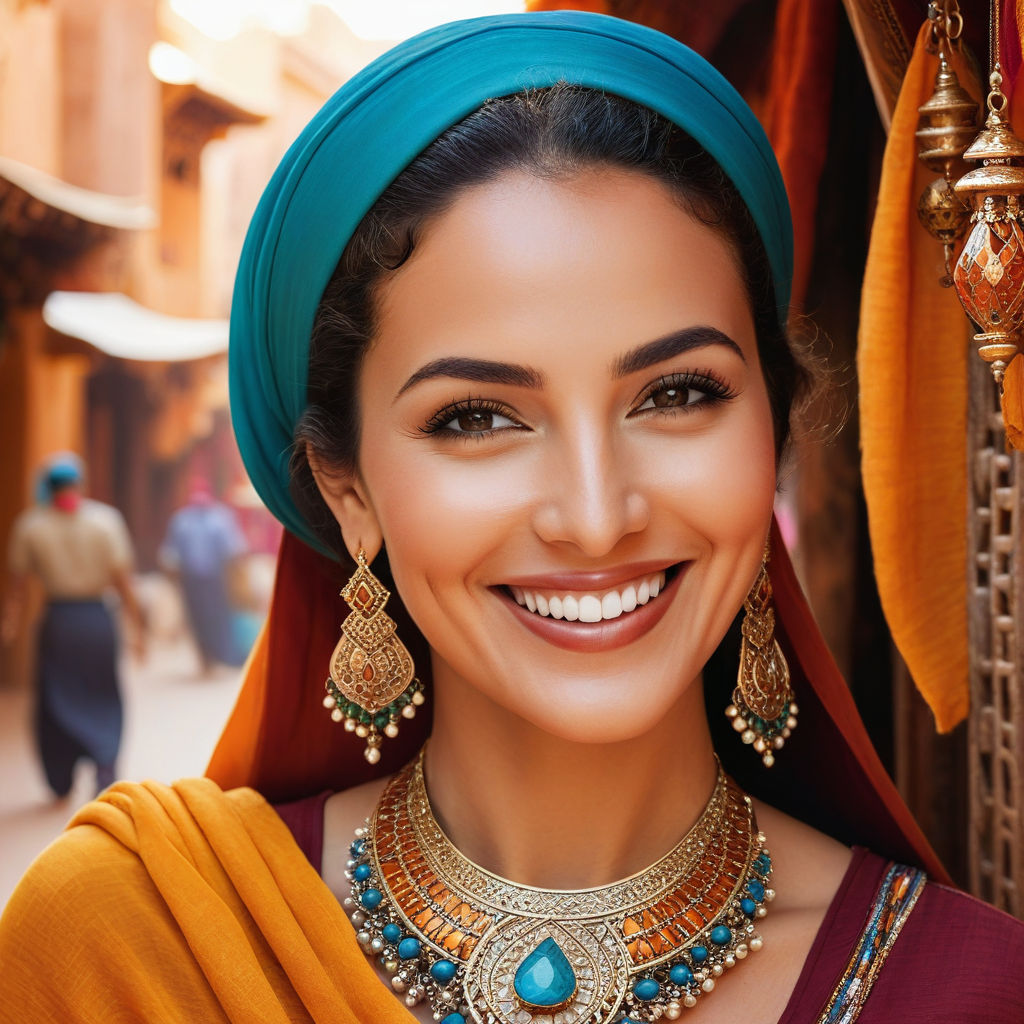

Samira Amrani
The passionate author behind Moroccan Vacations, sharing her expertise and love for Moroccan culture, cuisine, and travel experiences to inspire wanderlust in every reader.
Related Articles
The Intersection of Tradition and Modernity: Marrakesh's Art Scene
The Rich Heritage of Marrakesh's Art Step into the vibrant world of Marrakesh's art scene, where tradition and modernity collide in a captivating dance. Here, ancient crafts intertwine with contemporary artistry, creating a tapestry of creativity that will leave you...
Marrakesh's Art Workshops: A Hands-On Experience of Creativity
Exploring Marrakesh's Artistic Heritage Are you ready to unleash your creative potential? Look no further than Marrakesh's art workshops, where you can immerse yourself in a vibrant culture and learn new techniques and mediums. These hands-on experiences will allow...
The Symbolism in Marrakesh's Architectural Details
Uncover the rich symbolism woven into Marrakesh’s architectural details. From intricate tilework to ornate carvings, explore the cultural significance behind the city’s stunning landmarks. Embark on a journey of discovery through Marrakesh’s hidden meanings and timeless beauty.

